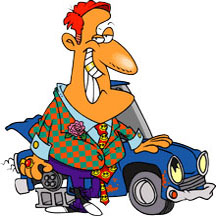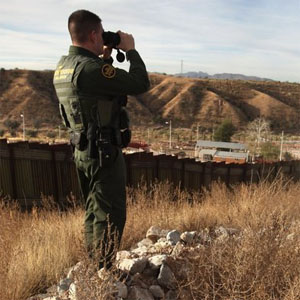
Rndballref
20 Years Experience
Chicago, IL
Male, 60
For twenty years I officiated high school, AAU and park district basketball games, retiring recently. For a few officiating is the focus of their occupation, while for most working as an umpire or basketball referee is an avocation. I started ref'ing to earn beer money during college, but it became a great way to stay connected to the best sports game in the universe. As a spinoff, I wrote a sports-thriller novel loosely based on my referee experiences titled, Advantage Disadvantage
This error is correctable, as long as it is discovered during the first dead ball after the clock has been started. When B1 scores, the ball is dead and the free throw should be awarded. The points scored by B1 shall remain counted.
While it is not ideal, a game can begin with 1 referee. It seems that it happens occasionally at the lower levels but rarely at the Varsity level because if the Varsity crew is short a ref, they will invite a ref from the pre-lim (usually sophomore) game to stay and work the game with them.
When I have had to ref myself, I find that play under the basket gets rough because the players know that you can only follow the ball. You also miss a lot of line calls.
I obviously didn't see the play, but if the defender has obtained legal guarding position (that is, he is entitled to the space he is at) and the opponent crashes his face into the defender's knee it is either a no-call or an offensive player control foul.
I do not have any special knowledge of AAU league or tournament rules. I do know that age verification is a perpetual problem in traveling basketball.
Bracketologist
 Where do you think the Selection Committee needs the most improvement?
Where do you think the Selection Committee needs the most improvement?
Car Salesman
 Are women more likely to get taken advantage of when buying a car?
Are women more likely to get taken advantage of when buying a car?
Border Patrol Agent
 Do Mexican authorities help on THEIR side of the border?
Do Mexican authorities help on THEIR side of the border?
If your partner said that he whistled the ball dead inadvertently, it does not matter if no one in the gym heard it - the ball was dead when he blew his whistle. He should have taken the points off the board, apologized to the coach and put the ball in play at the point of the inadvertent whistle.
There is no provision in the NFHS rulebook for calling a game because of a lopsided score. The only reason I would call a game early is if continuing the game presented a safety issue to the players, fans or officials.
One principle is that you cannot travel between dribbles. Iverson probably travels (high school rules) when he jumps forward BEFORE he dribbles, a move Michael Jordan used as well. Iverson also, like Jordan, carries the ball (a NFHS violation) in the video several times but this seems to be allowed by the NBA.
-OR-
 Login with Facebook
Login with Facebook (max 20 characters - letters, numbers, and underscores only. Note that your username is private, and you have the option to choose an alias when asking questions or hosting a Q&A.)
(A valid e-mail address is required. Your e-mail will not be shared with anyone.)
(min 5 characters)
By checking this box, you acknowledge that you have read and agree to Jobstr.com’s Terms and Privacy Policy.
-OR-
 Register with Facebook
Register with Facebook(Don't worry: you'll be able to choose an alias when asking questions or hosting a Q&A.)